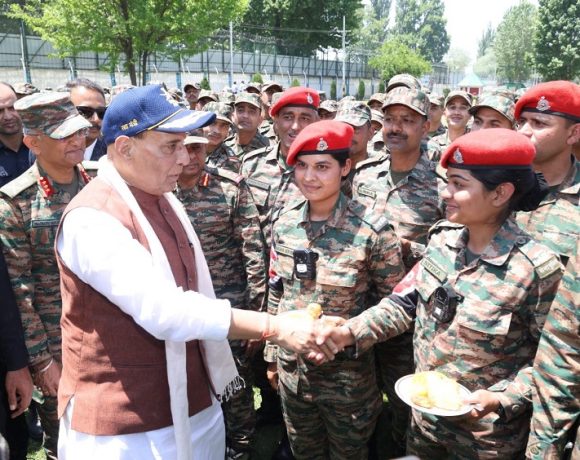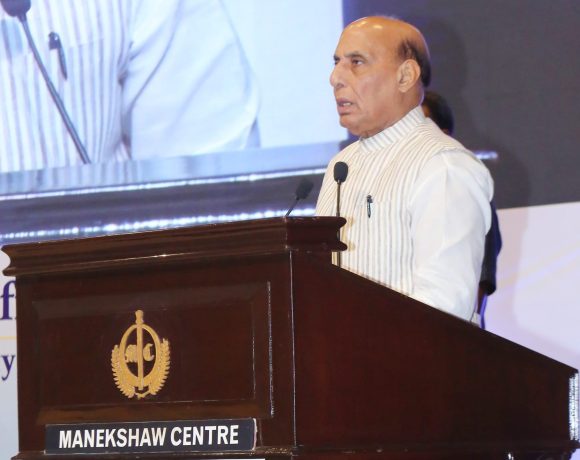
RBI Poised for Rate Cuts as Inflation Drops Below 4%
India’s retail inflation has fallen below the Reserve Bank of India’s (RBI) target for three straight months, triggering widespread anticipation of interest rate cuts. With consumer inflation easing to 3.16% in April 2025—its lowest in six years—economists forecast a series of repo rate reductions aimed at reviving domestic demand and investment.
Inflation Trends and Monetary Policy Outlook
In April, the Consumer Price Index (CPI) inflation fell sharply due to a steep decline in food prices, especially vegetables, which dropped over 11% year-on-year. This brought CPI inflation well below the RBI’s 4% comfort zone, reinforcing expectations that the central bank will soon pivot toward monetary easing.
Given these figures, the RBI’s Monetary Policy Committee (MPC) has shifted its stance to “accommodative,” signaling readiness to support growth rather than continue its previous inflation-containment focus. The RBI has now projected inflation for 2025–26 at 4%, broken down as follows:
- Q1: 3.6%
- Q2: 3.9%
- Q3: 3.8%
- Q4: 4.4%
This outlook paves the way for a likely 25 basis point rate cut in June, with some analysts projecting up to three consecutive cuts over the next two quarters.
Economic Impact of Expected Rate Cuts
A series of repo rate cuts would have broad implications across the economy. Lower lending rates would reduce borrowing costs for businesses and consumers, potentially boosting capital expenditure, real estate demand, and automobile sales. Sectors such as housing, infrastructure, and manufacturing—currently experiencing muted expansion—stand to benefit from cheaper financing and increased liquidity.
Banks and financial institutions including HDFC Bank, Bank of Baroda, and others anticipate cumulative rate cuts of 75 to 100 basis points by the end of this fiscal year. If realized, this would represent the most aggressive monetary easing cycle since the pandemic years.
RBI’s Balancing Act Between Inflation and Growth
Despite the current downtrend in inflation, the RBI remains cautious. It must ensure inflation does not spike again, especially if geopolitical tensions or supply disruptions impact commodity prices. However, the central bank also recognizes the need to maintain growth momentum amid signs of a global economic slowdown.
The RBI’s evolving stance suggests a fine balancing act—cutting rates to stimulate demand while guarding against future inflationary pressures. For now, with inflation under control and credit growth stabilizing, the environment appears ripe for the central bank to begin a new cycle of monetary easing.
As India looks to maintain its status as one of the fastest-growing major economies, RBI’s policy shift will be closely watched not only by domestic stakeholders but also by global investors tracking emerging market dynamics.


















